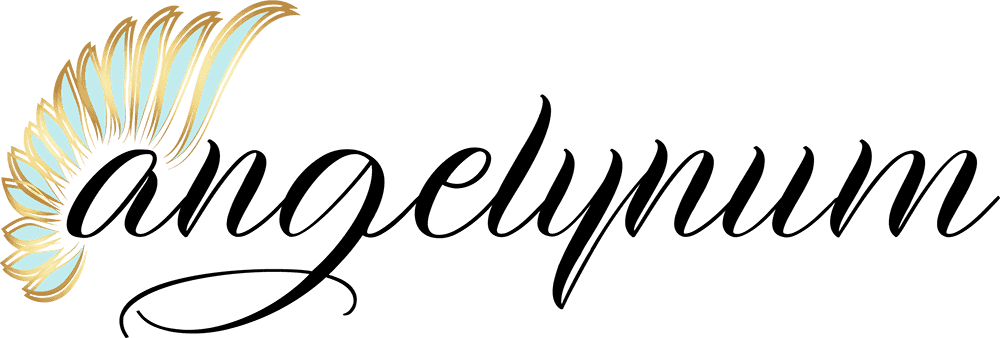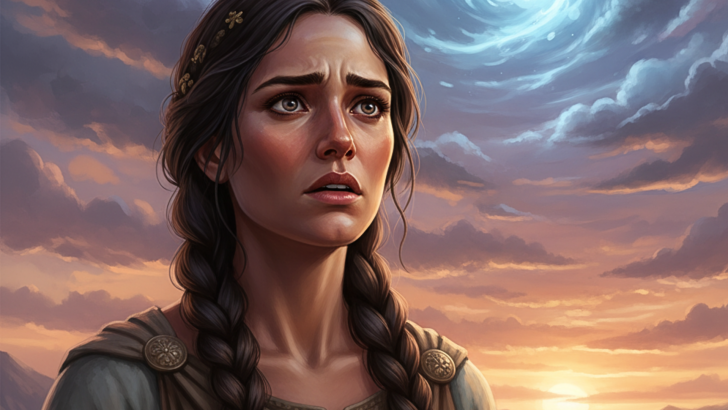Fear and worry are universal emotions, but how civilizations explained and dealt with them has changed across time and culture.
Some saw them as messages from the gods, others as weaknesses to overcome, and some even turned them into powerful myths or rituals.
Exploring these interpretations shows how humans have always tried to understand the unknown and make sense of their anxieties. These stories reflect creativity, belief, and survival instincts.
From ancient Greece to Indigenous traditions, each culture had a unique way of naming, shaping, and transforming these emotions into something meaningful.
Here are seven fascinating ways different civilizations interpreted fear and worry.
1. Ancient Greeks and the Personification of Phobos
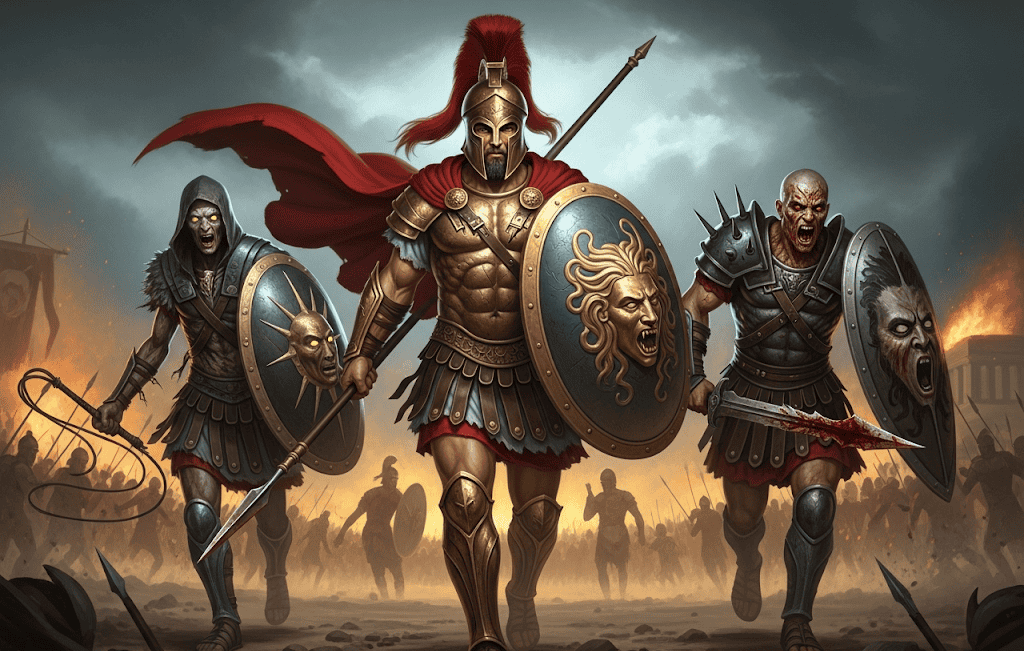
The Greeks often turned emotions into divine beings, and fear was no exception. Phobos, the god of fear, and his brother Deimos, the god of terror, marched beside Ares in battle.
The warriors believed these forces made enemies flee in panic. Fear was not just personal but a weapon used by the gods.
By personifying fear, the Greeks gave it shape and power, making it something to respect as much as to overcome.
Phobos taught them that fear was not always weakness but a force to be harnessed in moments of war. Their myths remind us that even dread had a divine face.
2. Ancient Egyptians and the Heart’s Weight
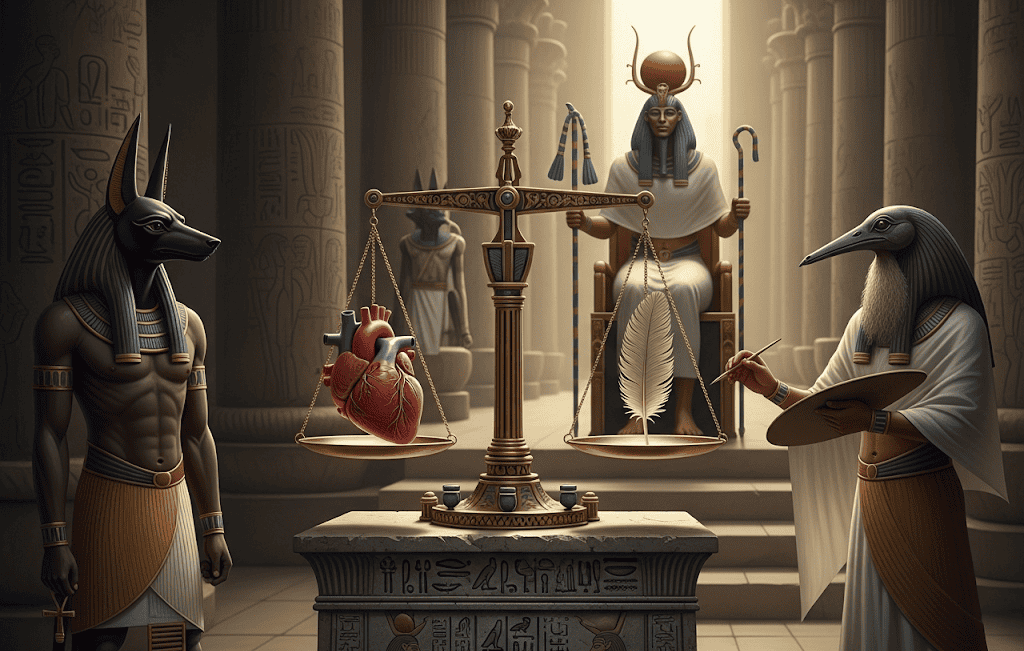
For the Egyptians, worry often revolved around judgment in the afterlife. They believed the heart carried not just emotions but the truth of a person’s soul.
At death, the heart was weighed against the feather of Ma’at, the goddess of balance and order. Fear of a heavy heart, filled with lies or guilt, shaped daily behavior.
Worry became a motivator to live honorably, knowing that eternal peace or destruction awaited. This interpretation shows how fear was tied to morality and cosmic justice.
By framing worry as accountability, Egyptians turned anxiety into a guiding principle for how to live well.
3. Vikings and the Fearless Path to Valhalla
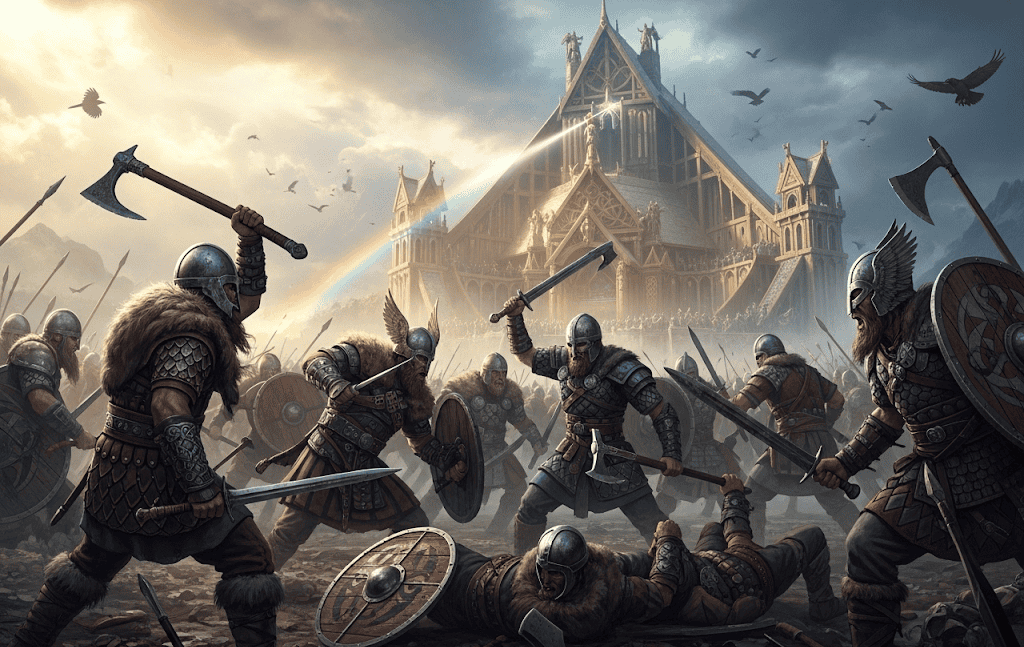
For the Norse, fear and worry were seen as dishonorable if they prevented bravery. Dying in battle was considered the highest honor because it meant entering Valhalla, Odin’s hall of the slain.
Worrying about death was pointless since fate, or wyrd, was already woven. Instead, warriors embraced courage as a way to meet destiny with pride.
Fear was acknowledged but transformed into fuel for valor. The Vikings redefined worry as wasted energy, teaching that acceptance of fate was stronger than anxiety about outcomes.
4. Mesopotamians and the Spirits of Dread
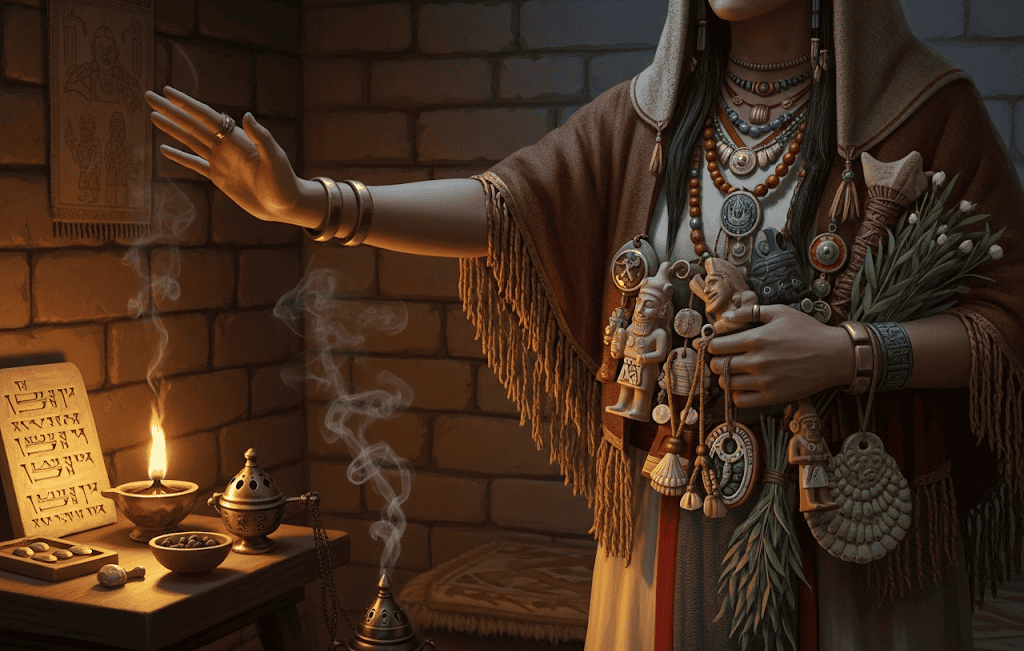
In Mesopotamian culture, fear was often linked to demons and restless spirits. Worry was not just a feeling but a sign of being haunted by unseen forces.
To combat these anxieties, people performed rituals and carried protective charms. They believed appeasing the gods or banishing spirits through incantations could restore peace of mind.
Fear was externalized, treated as an invading presence rather than an inner state. This view made worrying a spiritual battle to be fought with ritual and prayer.
By turning dread into a cosmic struggle, the Mesopotamians found ways to explain and manage the weight of their anxieties.
5. Indigenous Traditions and Fear as a Teacher
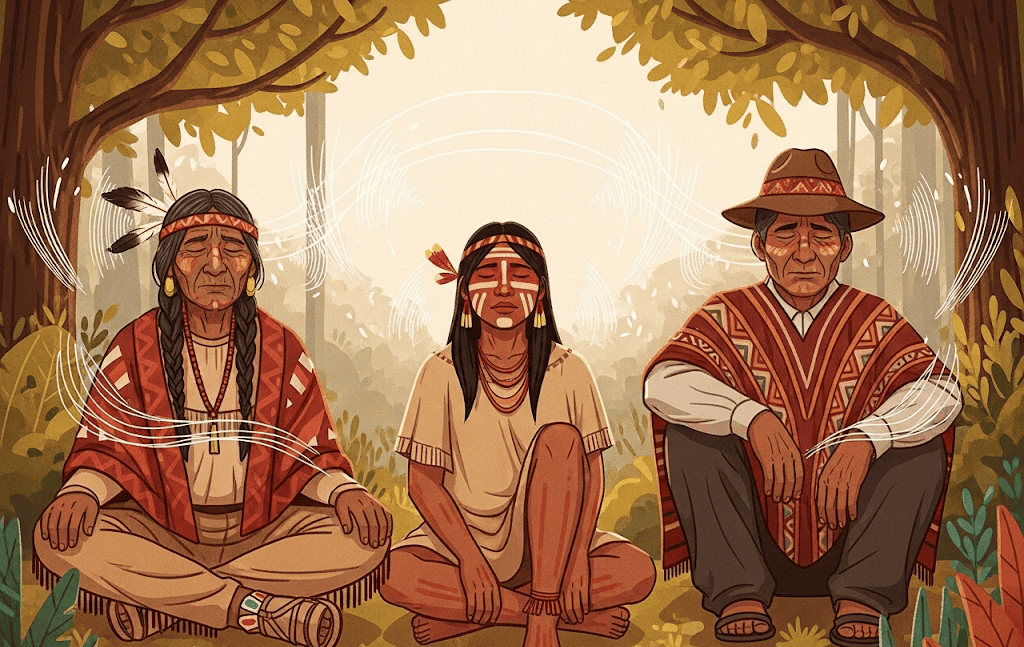
Many Indigenous cultures across the Americas interpreted fear not as weakness but as wisdom. Fear signaled danger or imbalance and guided people toward respect for nature and community.
For example, fear of storms, animals, or spiritual warnings was seen as a reminder of human limits and the need for harmony.
Worry could be a call to listen more deeply, pay attention, or prepare better. Instead of rejecting fear, they embraced it as part of learning.
This interpretation framed fear as a teacher rather than an enemy, making it a tool for survival, respect, and connection to the world.
6. Buddhists and the Illusion of Worry
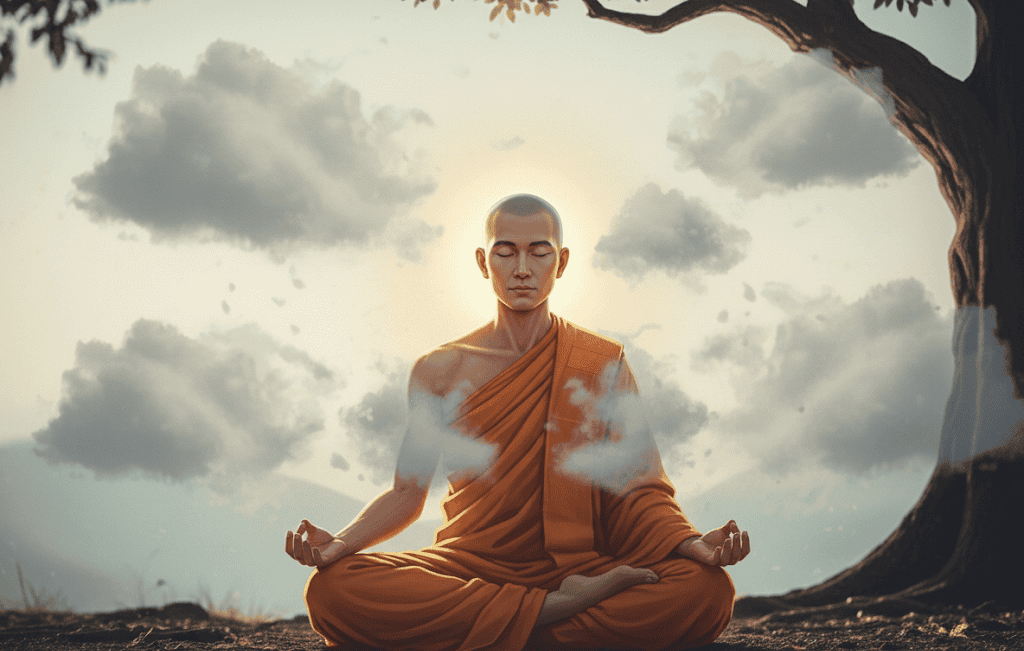
In Buddhist philosophy, worry and fear were considered illusions of the mind that pulled people away from peace.
They taught that attachment to outcomes and fear of change caused unnecessary suffering. Meditation and mindfulness helped individuals see worry as passing clouds rather than permanent truths.
By observing fear without clinging to it, people could transform it into calm awareness. Worry was not denied but understood as impermanent.
This interpretation gave people tools to meet life’s challenges with balance. Buddhists remind us that freedom from fear comes not from control but from acceptance and presence in the moment.
7. Medieval Christians and the Fear of Hell
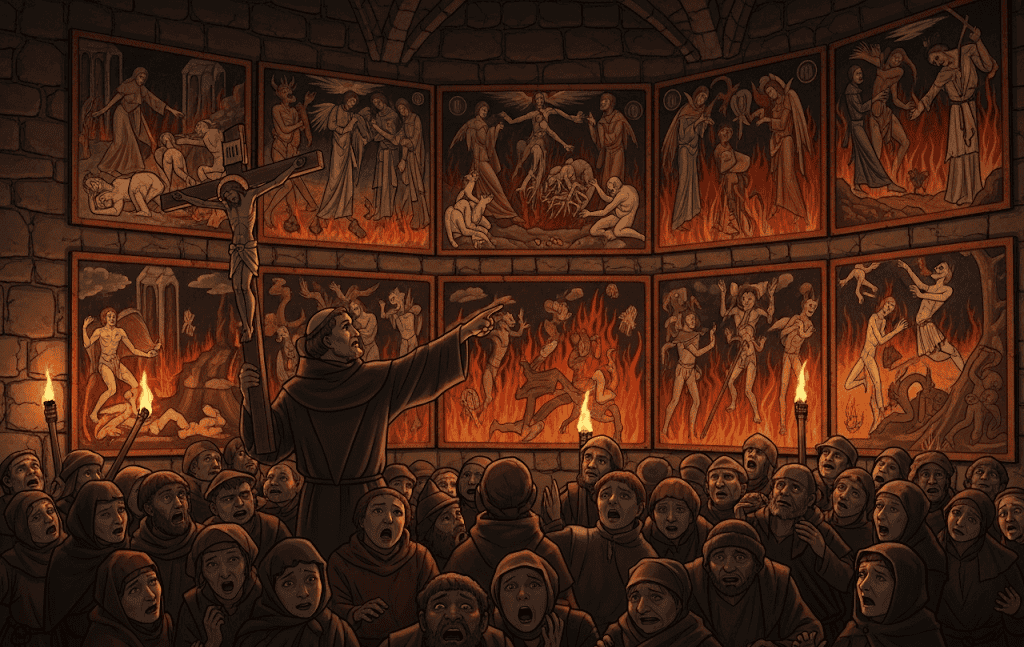
In medieval Europe, fear was often tied to religion and the afterlife. The idea of eternal damnation in hell shaped behavior and created deep worry about sin.
Sermons and imagery reinforced this fear to guide people toward repentance and devotion. Worry became a moral compass, reminding believers to confess, pray, and seek forgiveness.
While terrifying, this interpretation gave structure to communities, aligning personal fear with religious authority. Fear was both a tool of control and a pathway to salvation.
By linking worry with divine judgment, medieval Christians found meaning in dread, turning anxiety into motivation for faith and obedience.

Sempre senti uma forte ligação com o Divino desde o meu nascimento. Como autora e mentora, a minha missão é ajudar os outros a encontrar o amor, a felicidade e a força interior nos momentos mais sombrios.
